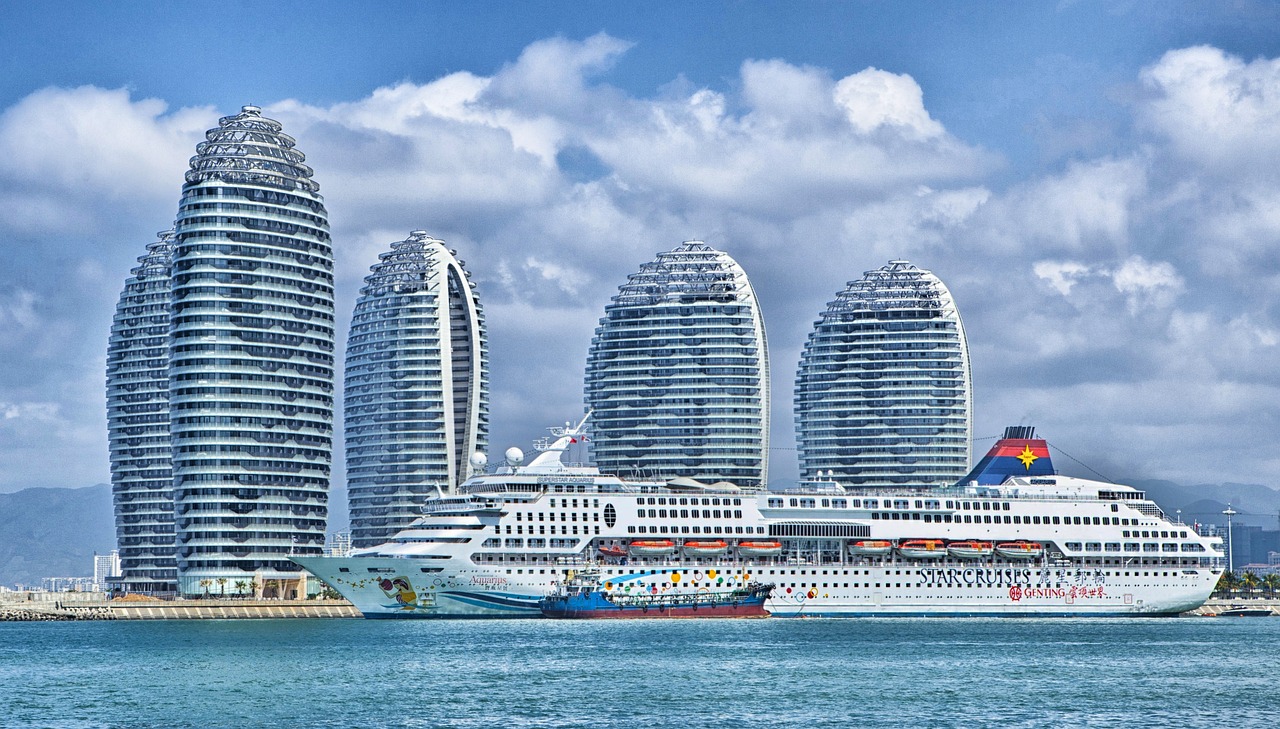The first monthly data has appeared since the major container carrier alliances began to shift, and it is showing a positive impact on schedule reliability. The analysts at Sea-Intelligence highlight that the sector remains in transition with the move to the new routes, schedules, and feeder systems not expected to be fully rolled out until July.
Maersk and Hapag-Lloyd announced their new alliance called the Gemini Cooperation for key east-west trade routes promising 90 percent reliability for the key long-distance trade routes. Based on large investments in terminals and port operations, they are using a new approach based on more feeder routes into hub ports and fewer port calls for the larger vessels on the long-distance routes.
The companies have been saying anecdotally that early results showed they were meeting their goals and now the data analysis from Sea-Intelligence for March confirms that the Gemini Cooperation is on target. Sea-Intelligence highlights during their service transition there are multiple ways of measuring performance while reporting that Gemini is achieving between 85.7 and 90.3 percent reliability.
Maersk has also said it would be the summer months before the first full results would be available for the new alliance. It predicted that the increased reliability would present an advantage in the market for shippers. This may be especially important in the current turbulent environment where the market is reacting to the tariffs and trade wars.
By comparison, the global container shipping sector achieved 57.5 percent schedule reliability in March. A three percent improvement, both month-over-month and year-over-year, Alan Murphy, CEO of Sea-Intelligence highlights it is “the highest level recorded since November 2023.” It was also the second consecutive month-over-month increase.
For most of 2024, the sector was achieving schedule reliability in the low to mid-50 percent range. For the year it averaged 53 percent. It was below the recent and pre-pandemic averages of 60 percent or higher.
The changes in the sector are also seeing the end of the 2M alliance between Maersk and MSC. Going mostly alone, MSC is now achieving approximately 75 percent on the east-west trade routes. Overall, across all routes, it was third in the industry at nearly 62 percent reliability.
Other changes saw the launch of the new Premier Alliance, made up of HMM, Ocean Network Express (ONE), and Yang Ming after the departure of Hapag-Lloyd. Sea-Intelligence reports it launched with reliability between about 51 and 53 percent on the east-west routes.
Among the largest carriers, Maersk remains in the lead with nearly 67 percent reliability for all its routes. Hapag-Lloyd took second place at 64.3 percent.
The carriers are looking for new advantages in the market and to use with shippers as the trade war causes upheaval and an uncertain outlook. Carriers have moved quickly to blank sailing from their schedules in response to the tariffs while several have also reduced or eliminated trans-Pacific routes.
Sea-Intelligence says it will only be possible to truly evaluate the performance this summer as the transitions in the industry are completed and carriers settle into new patterns. However, the possible safe return to Red Sea routes could also have a strong impact on container shipping, and other segments, with some analysts expecting it could happen by the second or third quarter of 2025.






